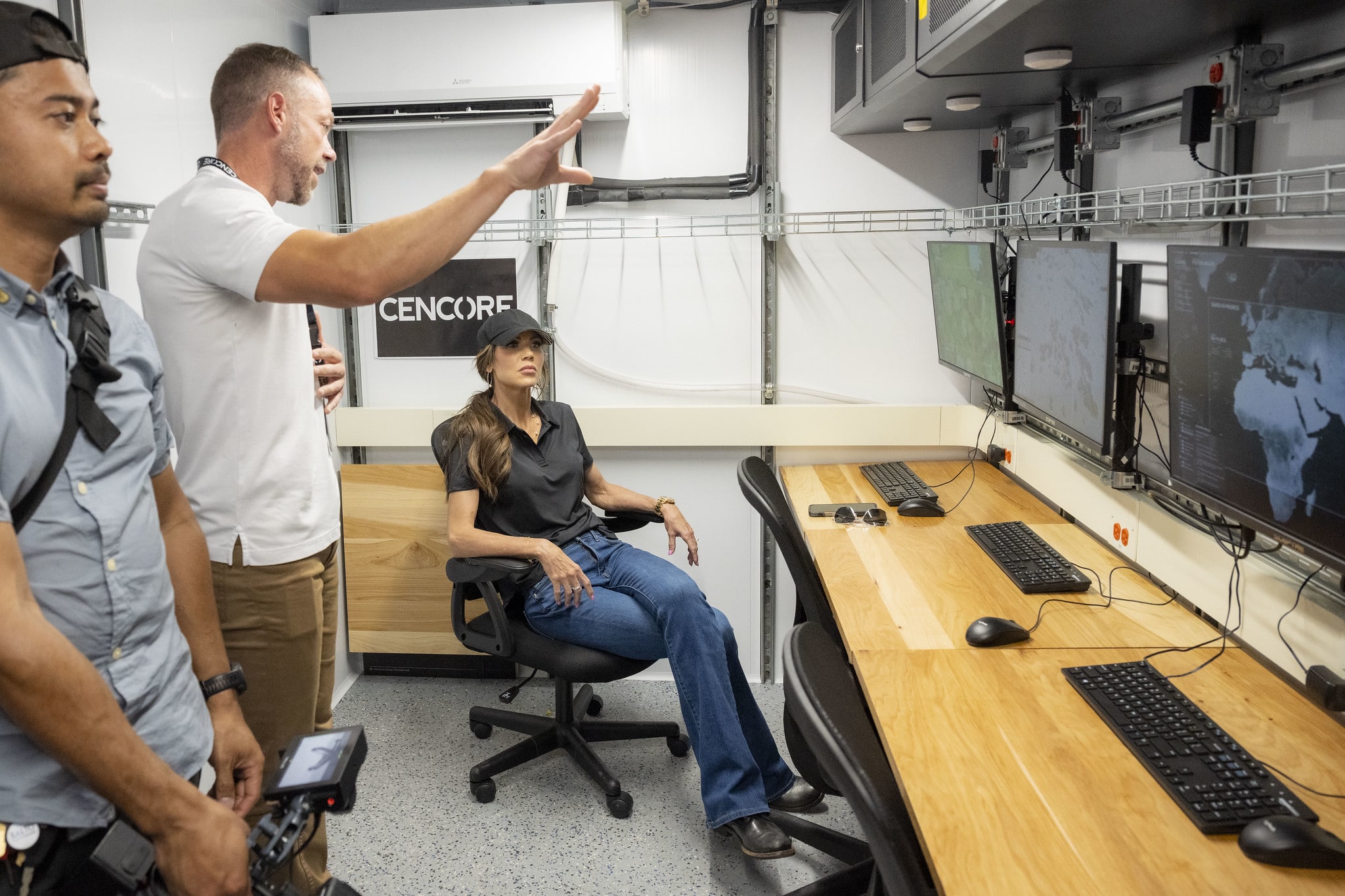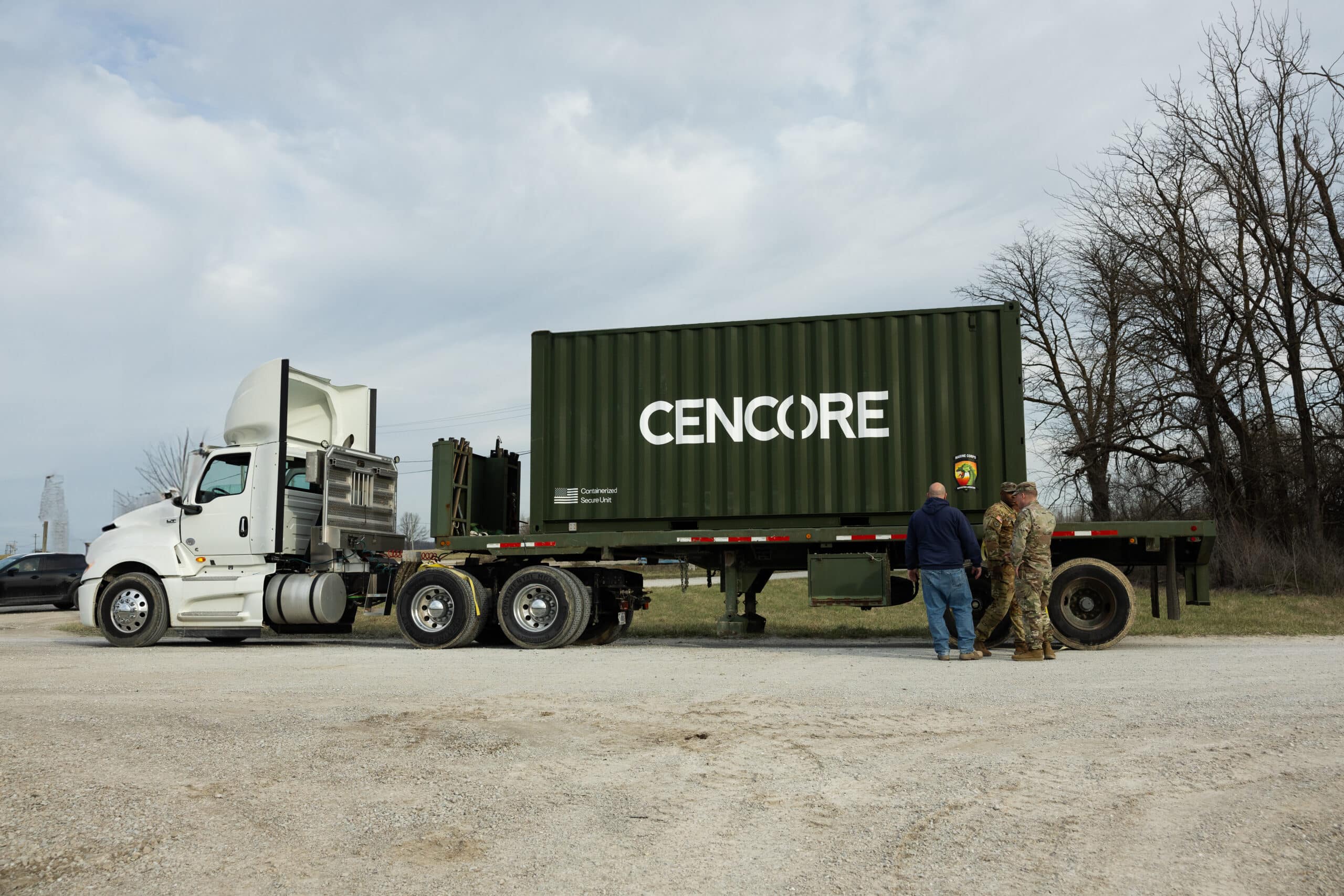Why the Defense Industrial Base Must Transform Now, Not Later
The US defense industrial base stands at a critical juncture where its fundamental structure threatens America’s ability to fight and win future conflicts. While adversaries like China seamlessly integrate commercial innovation into military applications through military-civil fusion strategies, American Defense Manufacturing remains trapped in acquisition processes that take years to field proven technologies. This institutional mismatch between commercial speed and defense bureaucracy creates a strategic vulnerability that grows more dangerous with each passing day. The solution lies in unleashing our market-based system—transforming the same industrial ecosystem that once out-produced the Axis powers into a modern arsenal of democracy capable of moving at the speed of warfare itself.
The Speed Problem: When Bureaucracy Meets Battlefield Reality
Modern conflicts reveal an uncomfortable truth about industrial-speed warfare: battles are won by whoever can produce, adapt, and deploy capabilities faster than their adversary can counter them. Ukraine’s experience demonstrates this reality with stark clarity. Artillery shells, commercial drones, electronic warfare systems, and software-defined radios became as strategically important as stealth fighters or nuclear submarines. The side that could iterate faster, scale production quicker, and adapt commercial technologies for military use gained decisive advantages measured in weeks, not the years our traditional acquisition timelines demand.
This speed mismatch exposes a fundamental vulnerability in America’s defense industrial approach. Our current system remains optimized for peacetime efficiency rather than wartime urgency. Decades of consolidation have created a defense industrial base dependent on a handful of prime contractors operating through supply chains that prioritize cost reduction over surge capacity. Critical components like advanced microelectronics and energetic materials flow through chokepoints concentrated in geopolitically unstable regions. When these single points of failure break down, our entire military production system stalls precisely when we need it most.
China’s military-civil fusion strategy eliminates the artificial barriers between commercial innovation and military application that plague American defense acquisition. When Chinese companies develop autonomous systems or artificial intelligence capabilities, the People’s Liberation Army gains near-instantaneous access to these technologies. The same commercial drone manufacturer supplying consumer markets can rapidly pivot to military applications without navigating years of requirements validation and contract negotiations that define the American defense procurement experience.
Companies That Pivoted to Military Equipment Production During WWII
World War II provides definitive proof that rapid, large-scale industrial mobilization works when market incentives align with national security imperatives. Between 1940 and 1945, American Defense Manufacturing accomplished the most dramatic economic transformation in human history: 300,000 aircraft, 100,000 tanks, 6,500 naval vessels, and countless other weapons systems produced by an economy that had recently emerged from the Great Depression. This example of defense manufacturing on an unprecedented scale remains unmatched.
This transformation succeeded because it leveraged America’s fundamental economic strength—a diverse, innovative private sector capable of rapid adaptation when properly incentivized. The War Production Board and Defense Production Act created frameworks that directed market forces rather than replacing them. Companies weren’t nationalized; they were given clear objectives, streamlined approval processes, and profit incentives that made defense production attractive.
The breadth of corporate participation reveals the true scope of what becomes possible when artificial barriers between commercial and defense production disappear:
- Lionel toy train company produced precision compasses and naval equipment
- Ford Motor Company built B-24 Liberator bombers, revolutionizing aircraft manufacturing
- General Motors produced tank engines and complete M3 tanks
- Chrysler manufactured M3 tanks and anti-aircraft guns
- Alcoa shifted entire production lines from aluminum to aircraft manufacturing
- Cargill built ships for the Navy while maintaining food distribution
- 3M manufactured specialized sandpaper for aircraft wings and military ambulances
- Motorola created the “Handie-Talkie” radio for military communications
- General Mills developed the innovative “jitterbug torpedo” targeting system and produced K rations for the Army
- Mars invented M&Ms specifically to withstand combat conditions
- Palantir Technologies represents the modern equivalent, transforming commercial data analytics for intelligence applications
These companies succeeded because they applied existing capabilities to new challenges. The tooling, workforce skills, and manufacturing processes that made them successful in commercial markets translated directly to defense applications. They didn’t spend years learning how to become defense contractors—they remained commercial companies temporarily focused on national security production. This model underscores how the commercial sector is central to future military equipment development.
America’s Hidden Arsenal: How Commercial Technology Can Strengthen National Security
The industrial capacity that powered the original arsenal of democracy not only still exists in American commercial markets—it has grown exponentially more sophisticated. Today’s technology companies possess manufacturing precision, development speed, and innovation capabilities that dwarf what was available during World War I and World War II. The challenge is removing the institutional barriers that prevent this capacity from serving national security needs.
SpaceX exemplifies this untapped potential. The company revolutionized space launch economics by applying commercial development principles to aerospace engineering, achieving cost reductions and reliability improvements that traditional defense contractors declared impossible. Tesla similarly transformed electric vehicle technology, advancing battery systems and software integration that directly enhance military vehicle capabilities. These examples represent a fraction of the commercial innovation ecosystem that could contribute to national security if acquisition barriers were reduced.
The competitive advantage lies not in trying to centrally control this innovation ecosystem, but in creating market incentives that make defense applications attractive to commercial companies. Our adversaries attempt to command and control innovation through state-directed programs. America’s strength comes from unleashing market forces that naturally drive innovation faster and more efficiently than centralized planning can achieve. The defense industry must evolve to reflect this dynamic environment.
Strategic Framework: Three Principles for Modern Mobilization
Speed Over Perfection: Silicon Valley’s development culture produces functional capabilities and iterates rapidly based on user feedback, while Pentagon acquisition culture demands comprehensive requirements definition before development begins. Modern conflicts demand systems that work adequately today rather than perfect systems available years from now. Ukraine’s experience with commercial drones and rapidly developed electronic warfare systems demonstrates that adaptable, iterative solutions often outperform highly engineered systems designed for different threat environments.
Diversity Strengthens Resilience: Overreliance on a small number of prime contractors creates systemic vulnerabilities that cascade through the entire defense industrial base when any single company faces production problems. A resilient industrial ecosystem includes small and medium-sized manufacturers, technology startups, and commercial companies that can rapidly scale production or pivot capabilities when primary sources fail. This makes our supply chain for technology equipment and military equipment more robust.
Peacetime Preparation Enables Wartime Surge: The companies that successfully transitioned to defense production during World War II possessed the fundamental manufacturing capabilities and skilled workforces required for rapid scaling before the war began. Today’s peacetime investments in flexible manufacturing systems and acquisition processes that reduce barriers to defense participation will determine which companies can contribute to surge production when conflicts begin. These investments are essential for maintaining technological innovation and defense innovation leadership.
The Commercial Sector’s Role in the Next Arsenal of Democracy
China’s military-civil fusion strategy gives the People’s Liberation Army immediate access to commercial innovations, while American companies developing breakthrough technologies face years of bureaucratic processes before their capabilities reach military applications. This institutional asymmetry grows more dangerous as the pace of technological change accelerates.
The solution requires institutional courage to abandon acquisition practices optimized for peacetime risk management in favor of processes designed for wartime urgency. Every day spent developing custom requirements for capabilities that already exist in commercial markets represents a missed opportunity to enhance military readiness. Every acquisition cycle that chooses bespoke development over proven commercial platforms delays the fielding of capabilities that could provide decisive advantages in future conflicts.
Activating the Modern Arsenal
The arsenal of democracy that secured Allied victory in World War II was not created by government planning—it emerged from a mobilized society where commercial companies aligned their capabilities with national security objectives. That same alignment remains possible today through the Mobilize the Industrial Base campaign, but it requires removing the institutional barriers that separate commercial innovation from defense applications.
America’s modern industrial arsenal awaits activation across the country. It exists in contract manufacturing facilities in Ohio, software development labs in Austin, foundries in Arizona, logistics companies in Kentucky, and robotics startups in Boston. The capacity, talent, and commercial technology required for national defense leadership already exist within America’s market economy. The historical playbook for rapid industrial mobilization has been tested and proven effective.
The only missing element is the institutional will to stop treating commercial innovation as separate from national security and start mobilizing the industrial ecosystem through defense industrial base innovation that gives America decisive advantages over any adversary. The warfighter cannot afford another lengthy acquisition program that promises perfect solutions years in the future. They need systems that work today, with clear pathways for rapid improvement as threats evolve.
The arsenal of democracy that powered Allied victory is not a historical relic—it is a strategic framework waiting for modern application through the Mobilize the Industrial Base campaign that will restore America’s industrial advantage.
About CenCore
Headquartered in Springville, UT, CenCore is a trusted partner in delivering innovative security solutions in an ever-evolving threat landscape. CenCore delivers U.S.-made, tech-agnostic, open-source security systems that ensure global secure communications. CenCore prioritizes cost-effective, high-performance solutions over superficial appeal.




